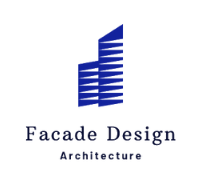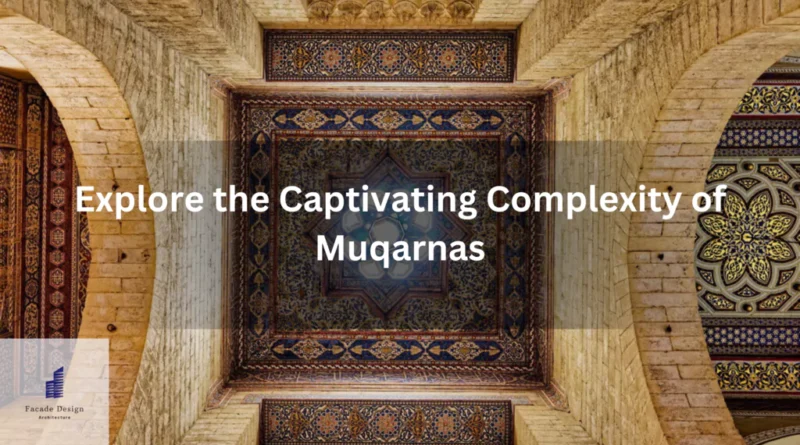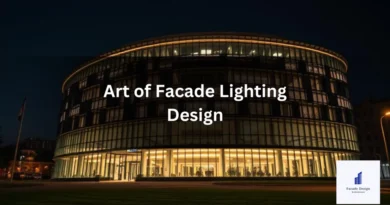Muqarnas in Islamic Architecture: Definitions, Origin, Examples
Last Updated on March 22, 2025 by Dipanjan
Muqarna in islamic Architecture features art, characterized by complex, honey-comb like structures that adorn domes, arches and ceilings. This architecture style found in old centuries historic masterpieces and places of worship. Usually in middle eastern countries. Lets dig into Muqarnas architecture in detail.
Origins of Muqarnas Architecture
The origins of muqarnas are debated among scholars, but they emerged in 11th-century Iran and Iraq. A separate Muqarnas dome style is assumed to have originated in Baghdad.
This centuries-old architectural splendour may embellish a structure just for aesthetic reasons, producing a smooth decorative zone that transitions between the bare walls and the building’s ceiling.
What Material Used to Make Muqarnas?
Its making technique is called “intaria”. Crafted from ceramics, carved stone or stucco, later variations incorporated wood, brick, and tile, showcasing regional influences and evolving craftsmanship.
Plaster is the most popular material used to make muqarnas, followed by wood. Ceramics, while less prevalent, also be utilised to produce distinctive and beautiful muqarnas.
Symbolism and Aesthetic Appeal
Muqarnas came to represent the splendour of the heavens before becoming purely decorative. But, ultimately, muqarnas are one of the many gifts bestowed upon the world by Baghdad, which was home to the world’s greatest philosophers and artists.
Notable Examples
Alhambra, Spain – Exquisite muqarnas ceilings in the Hall of the Two Sisters

Shah Mosque, Iran – Spectacular tiled muqarnas adorning the entrance portal
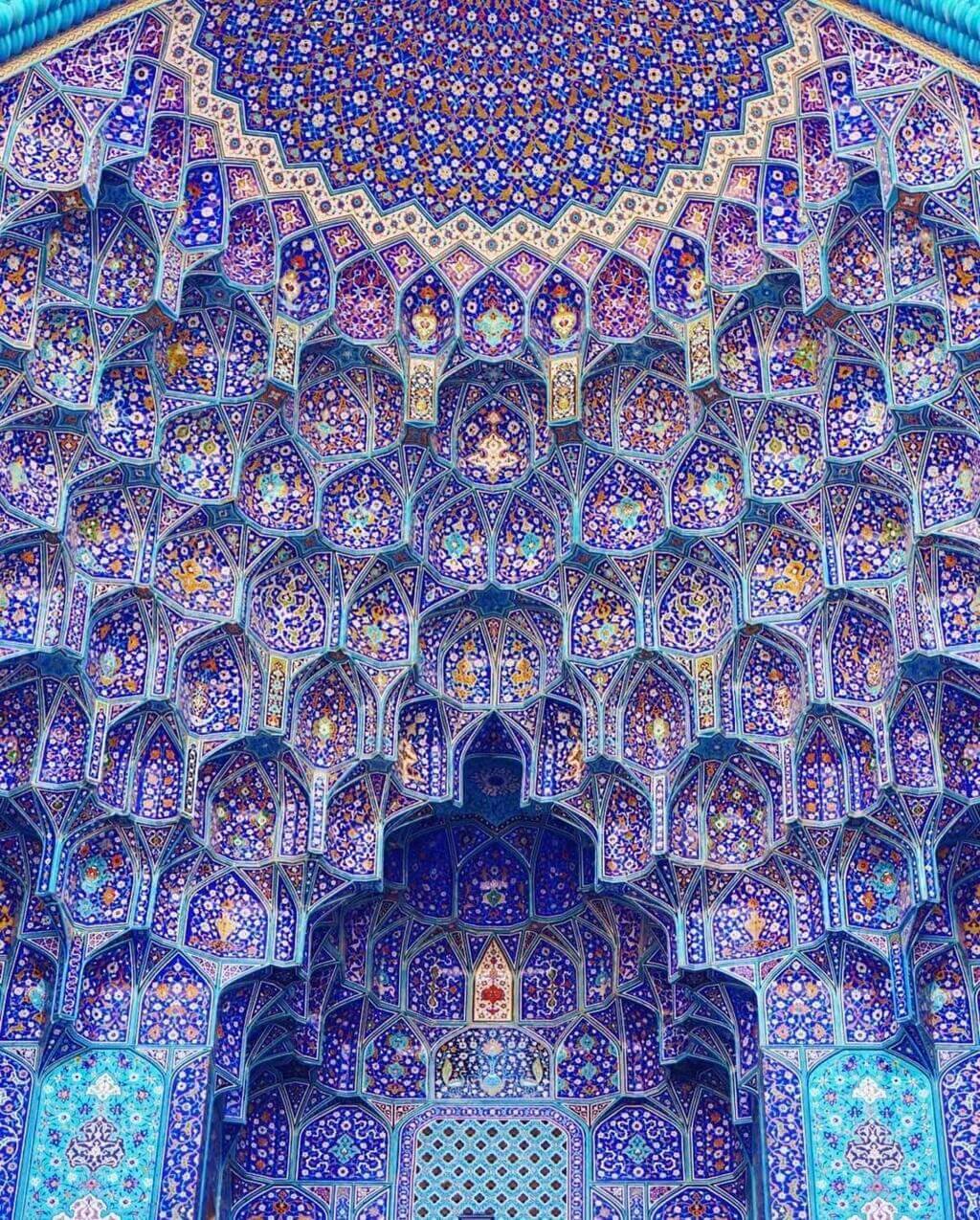
Sultan Hassan Mosque, Egypt – Grand muqarnas-styled arches and domes
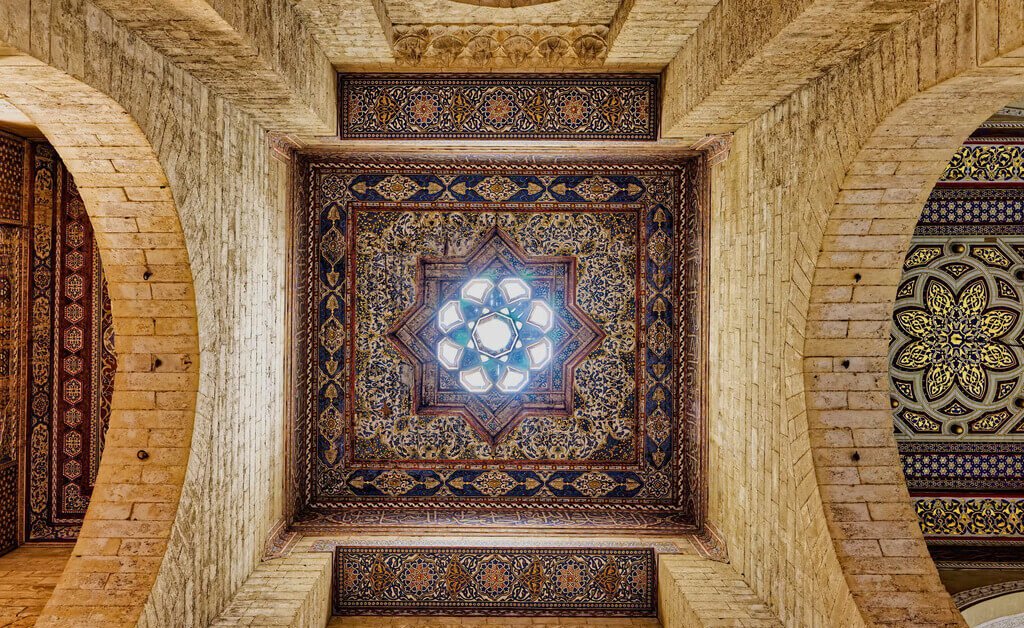
Final Thoughts
Muqarnas function as an amazing blend of geometry, symmetry, and spatial mathematics. Simple forms, such as hexagons, squares, and triangles, are repeated and tessellated to create complicated designs.
FAQs:
1. Muqarnas are used in which type of architecture?
Muqarnas are a signature element of islamic architecture.
Also Read:
